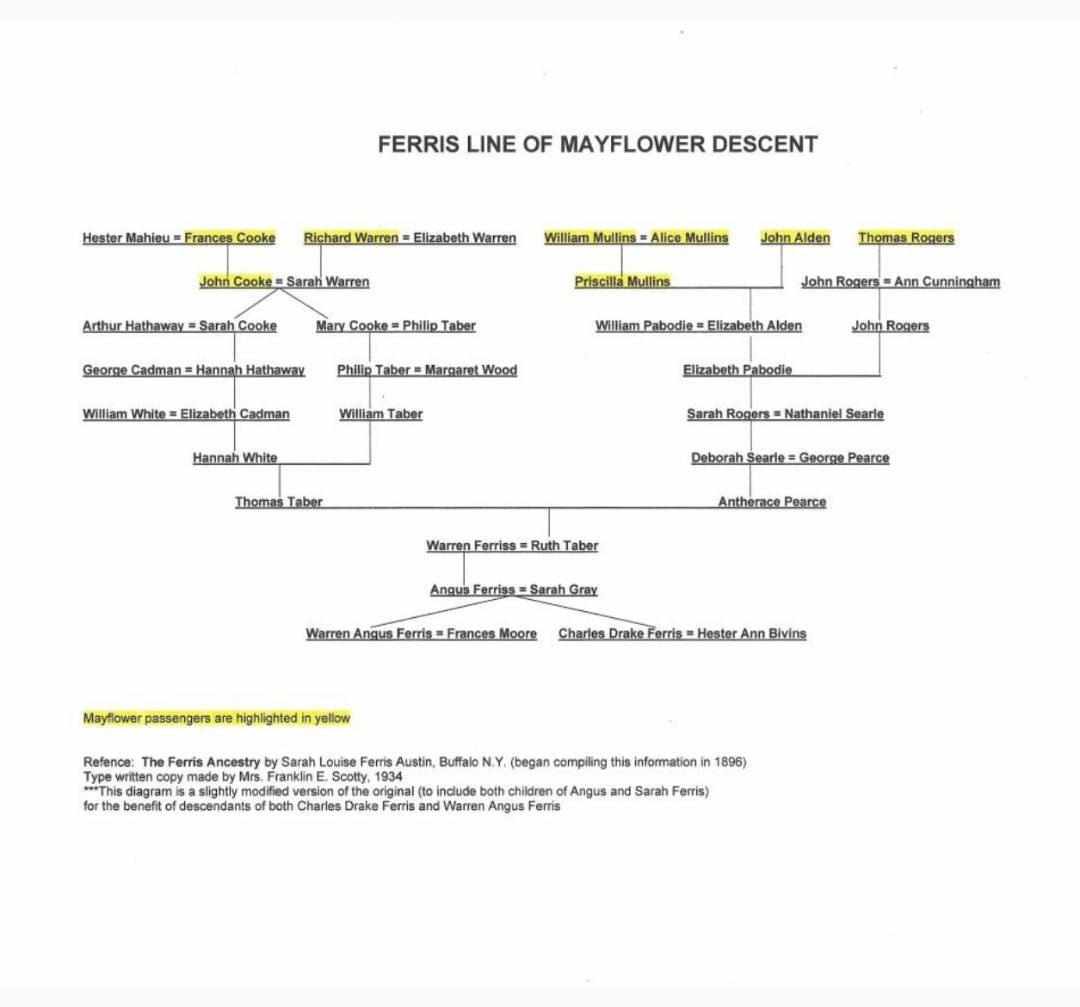Happy Holidays to everyone! Please enjoy a reflective Thanksgiving poem written by Ellen M. Ferris (1843-1876), daughter of Charles Drake Ferris (1812-1850) and niece of Warren Angus Ferris (1810-1873). This poem was published in a Buffalo, New York newspaper (date unknown). Ms. Ferris clipped this and over a 1000 published poems which she admired (including her own) and placed them in her commonplace book collection. The poetry can be found in the Ferris/Lovejoy collection of family papers at Brigham Young University in Provo, Utah.
THANKSGIVING
By Ellen M. Ferris
Through sombre aisles and vaulted roof
The organ-tones are swelling,
Their grand and solemn harmonies
Of some high service telling;
And now in murmurs soft and low,
And now in cadence thrilling,
With under-tones of melody
The singers’ voices filling.
“All glory be to God on high”-
So chant the choral voices-
“In whom we live and breathe and move,
In whom the world rejoices;
Who sends the sunshine and the rain,
With food for all the living;
To Him our grateful hearts we raise
With praises and thanksgiving.”
A mother to the chancel rail
Her little child is leading,
With rich thank-offerings to God,
Who heard her anguished pleading.
But while for mercies great and strange
Her costly tribute paying,
Forgets the mercies day by day
Upon her path arraying.
For each day is a miracle
Of blessing and forgiving;
God’s tender pity, like the sky,
Enfoldeth all the living.
We take the gifts His bounty sends
Ungrateful and cold-hearted,
Without a thought of love or praise,
Till from us they are parted.
We set aside one meagre day
Of all our yearly treasure,
Wherewith to pay the homage due
For blessings beyond measure.
But Thou be merciful, O God,
Consider Thou our weakness;
Accept the tribute which we pay,
Though late, with awe and meekness.
Turn Thou our hearts, that we may see
All things are of Thy sending,
And lift an endless song of praise
For mercies never-ending;
Till all the radiant angelhood
Shall aid our poor endeavor
To magnify the Lord our God,
And praise His name forever.
Blog written by Christine Cohen. Great granddaughter (X3) of Warren Angus Ferris. Great granddaughter (X2) of Henry Ferris.
Descendants of those buried in the Warren Ferris Cemetery and anyone interested in sharing historical information about the cemetery are encouraged to write with stories, additions, and corrections. Please contact me at greyhairfarm@yahoo.com



